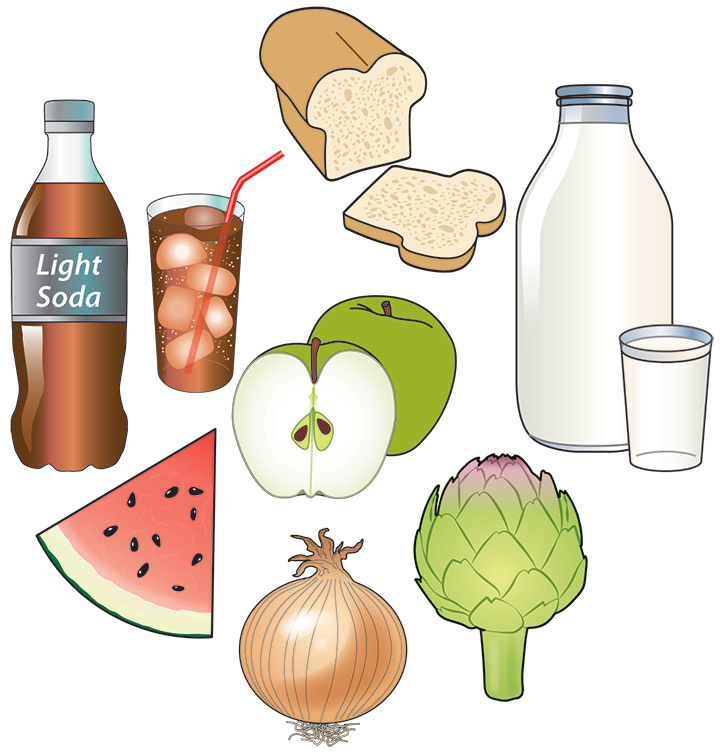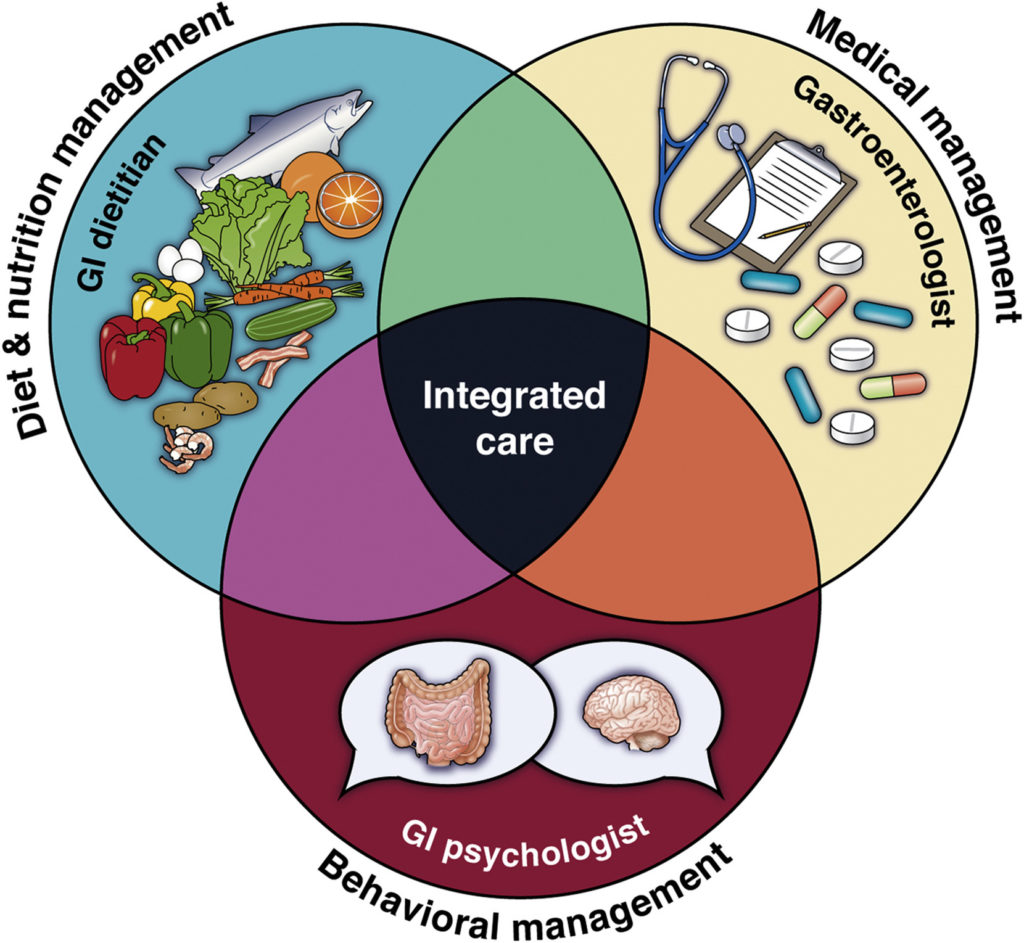Small intestinal bacterial overgrowth (SIBO): Managing with diet

Having more bacteria than usual in your small intestine can cause uncomfortable symptoms like gas. Managing your diet can help.
Síndrome del intestino irritable (IBS)

El síndrome del intestino irritable (IBS) es uno de los trastornos comunes del intestino grueso. Los síntomas del IBS pueden incluir dolor de estómago, diarrea, distensión estomacal, estreñimiento y calambres.
Low-FODMAP diet

A low-FODMAP diet is low in a group of five sugars found in certain foods, which cause some people to experience bloating, stomach swelling, stomach pain, nausea, diarrhea, and constipation.
Irritable bowel syndrome (IBS)

Irritable bowel syndrome (IBS) is one of the common disorders of the large intestine. IBS symptoms can include stomach pain, diarrhea, stomach bloating, constipation and cramping.
